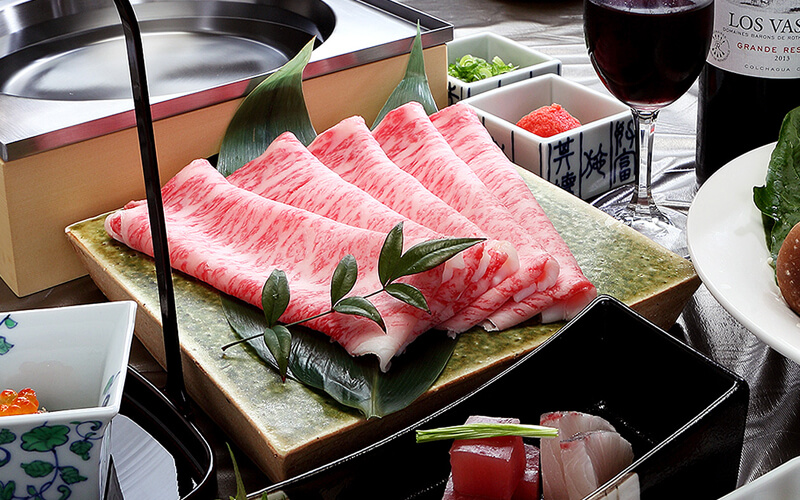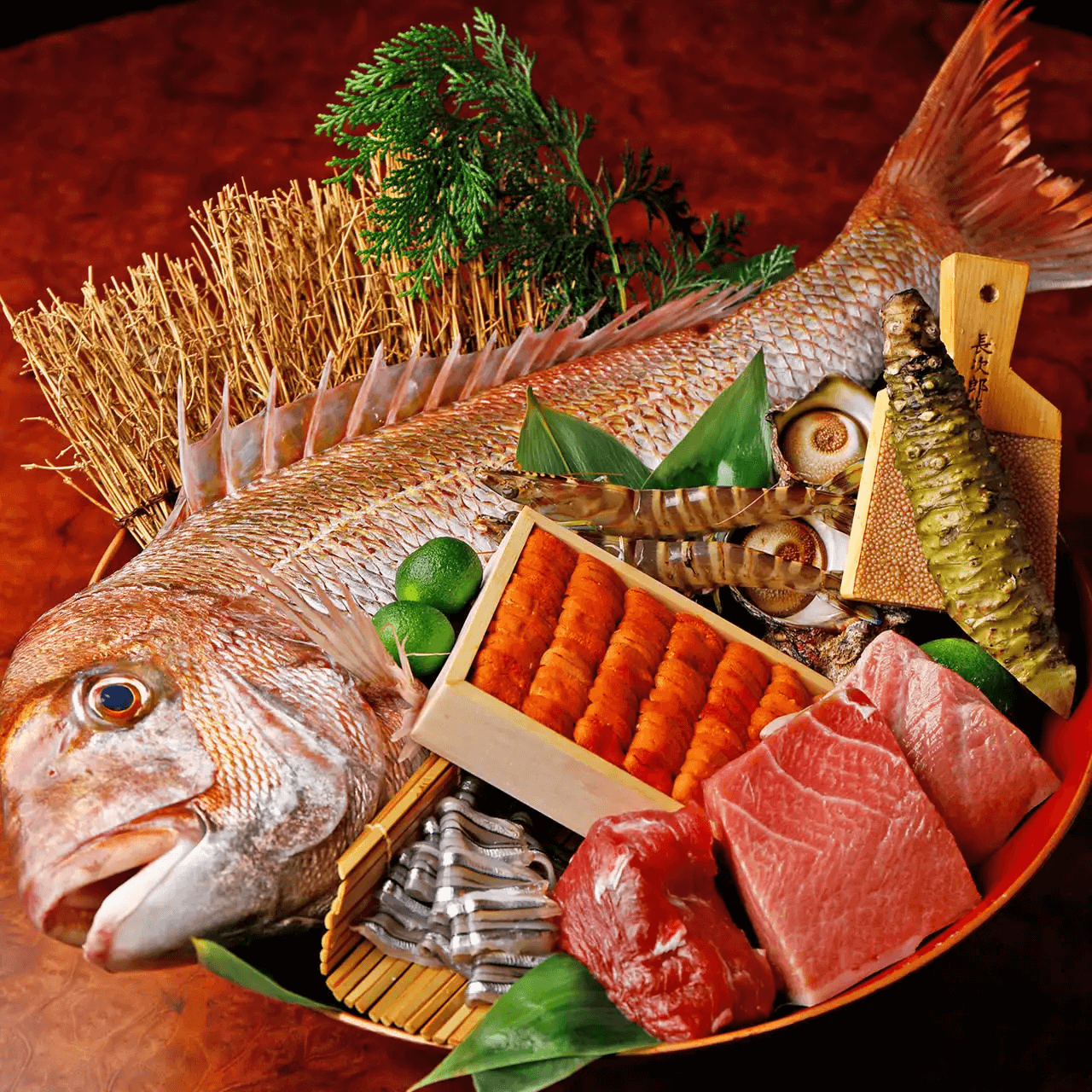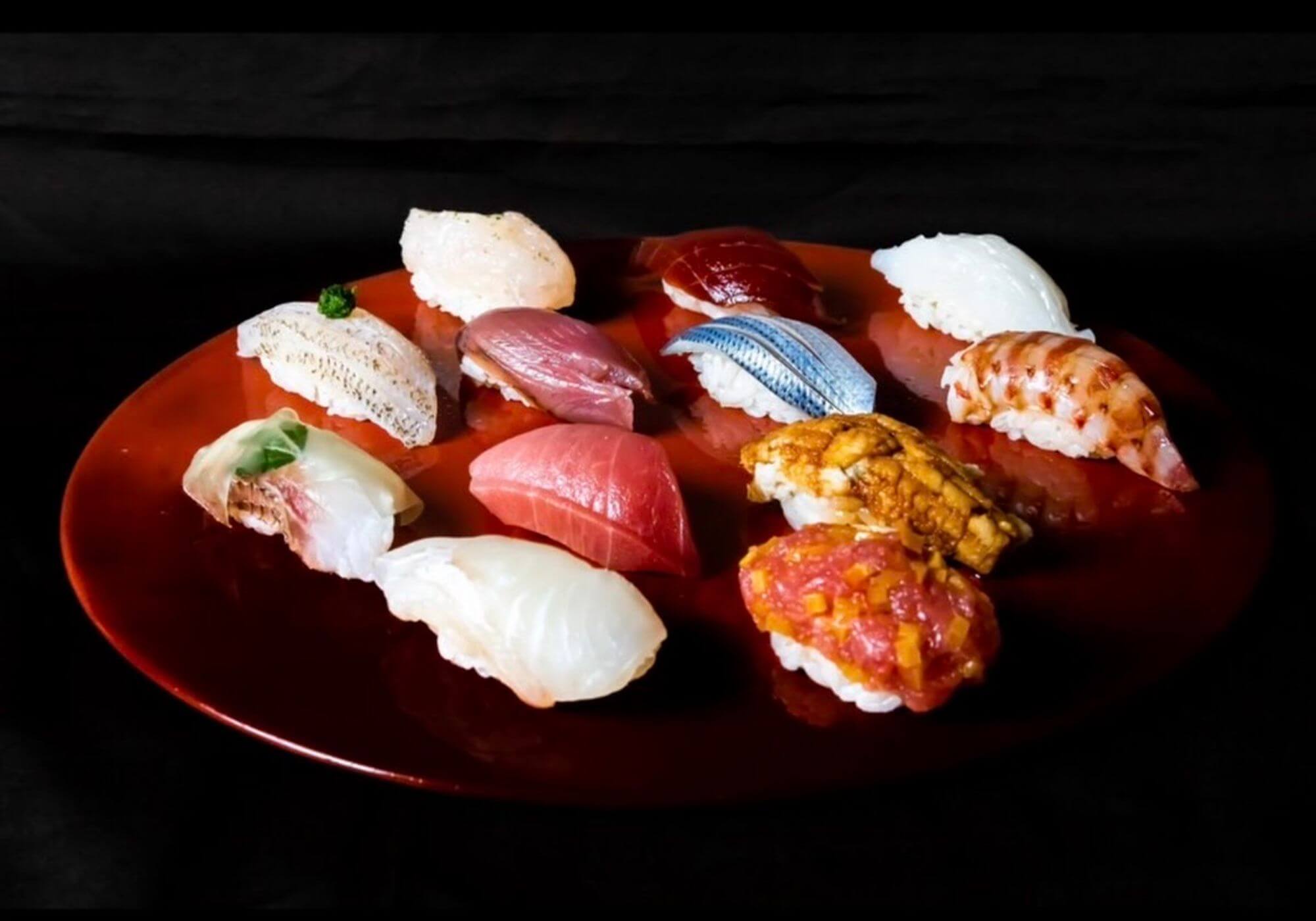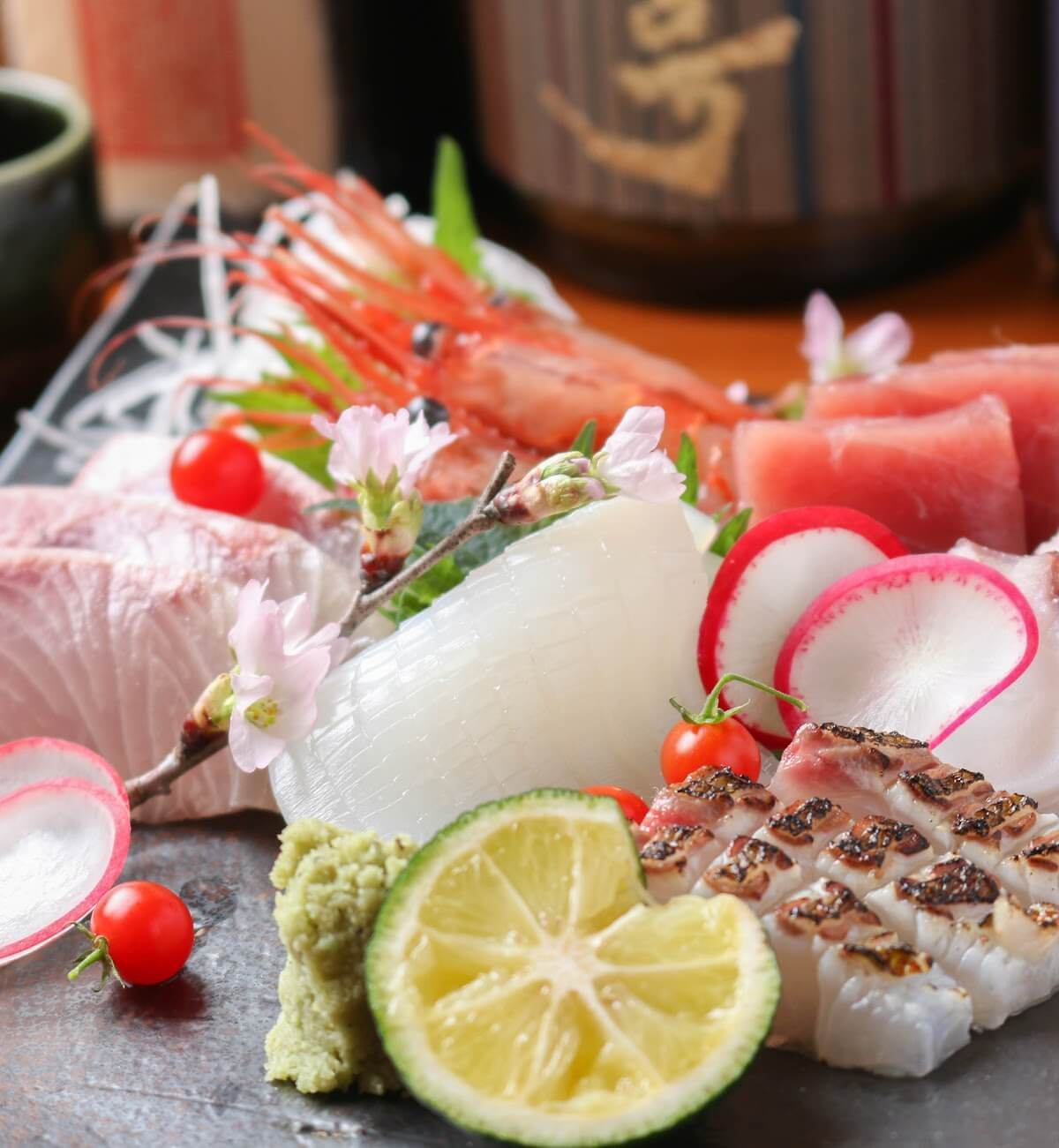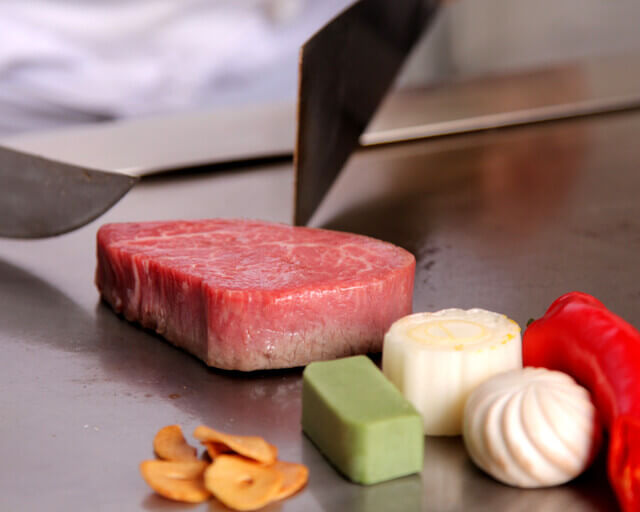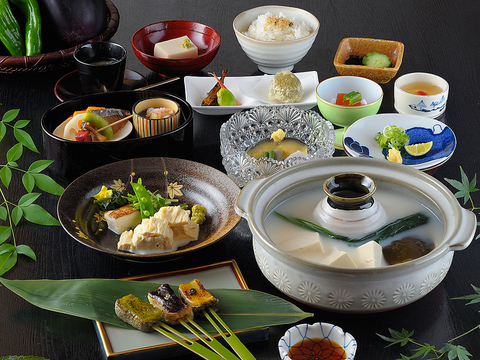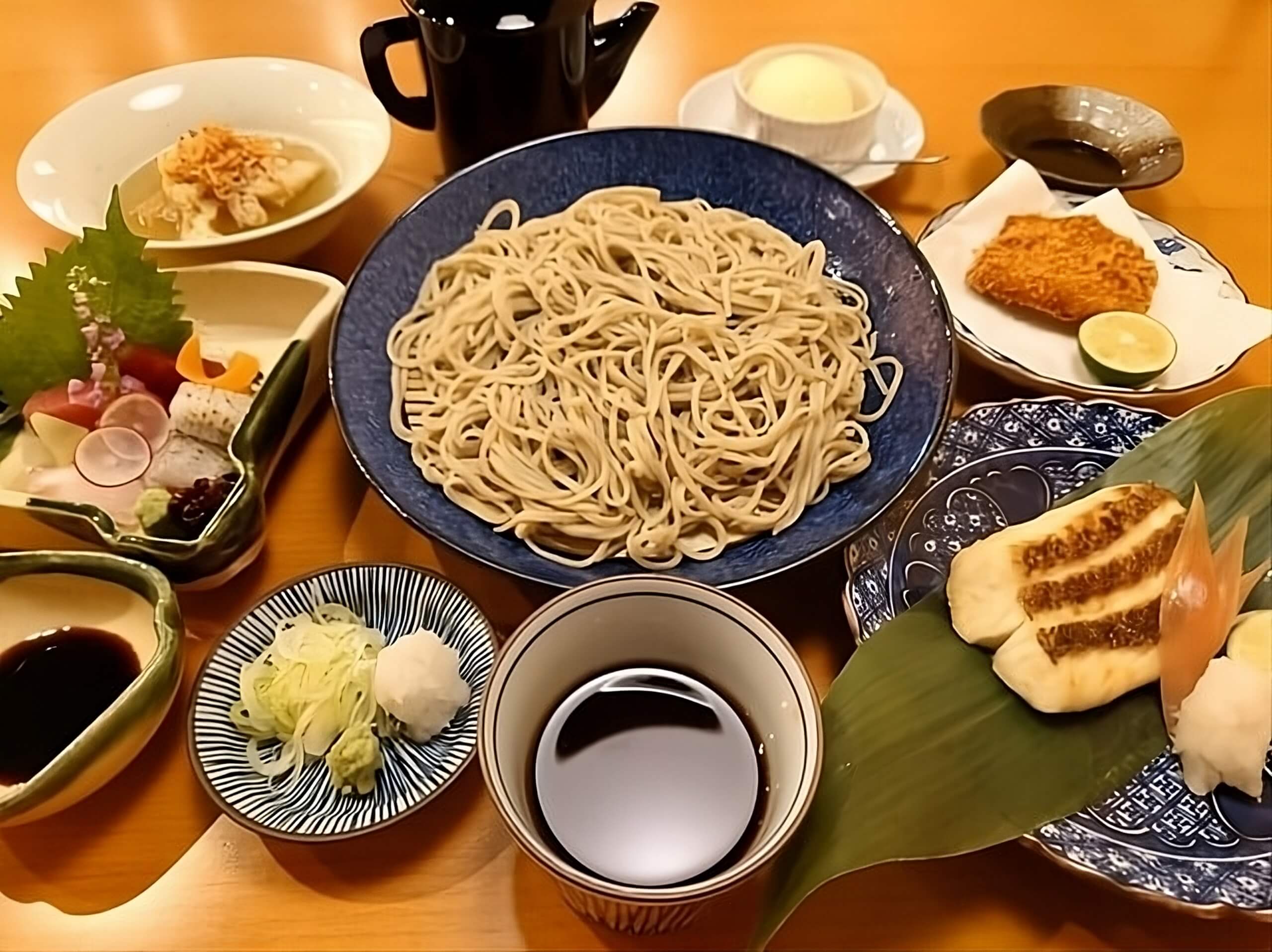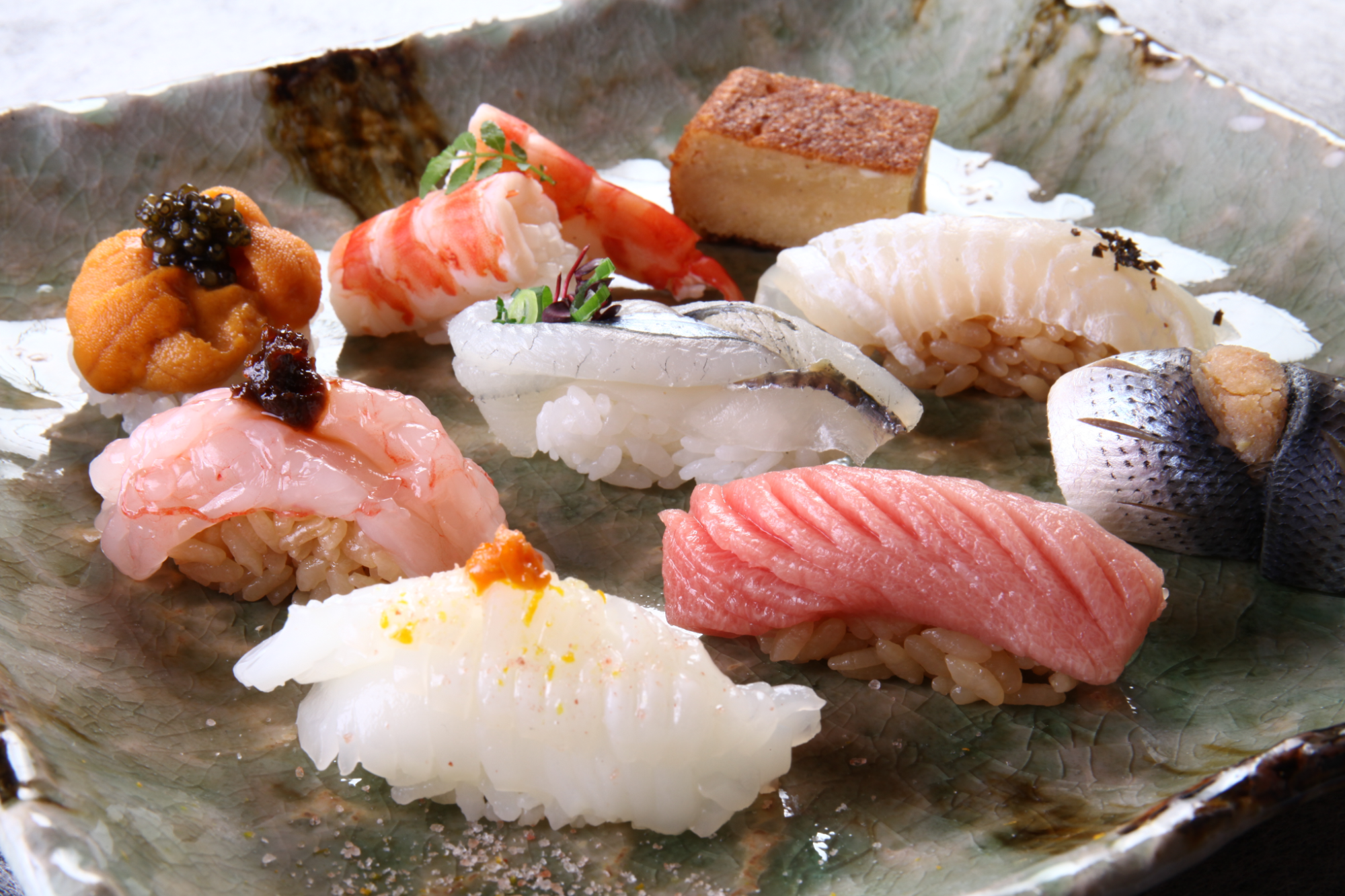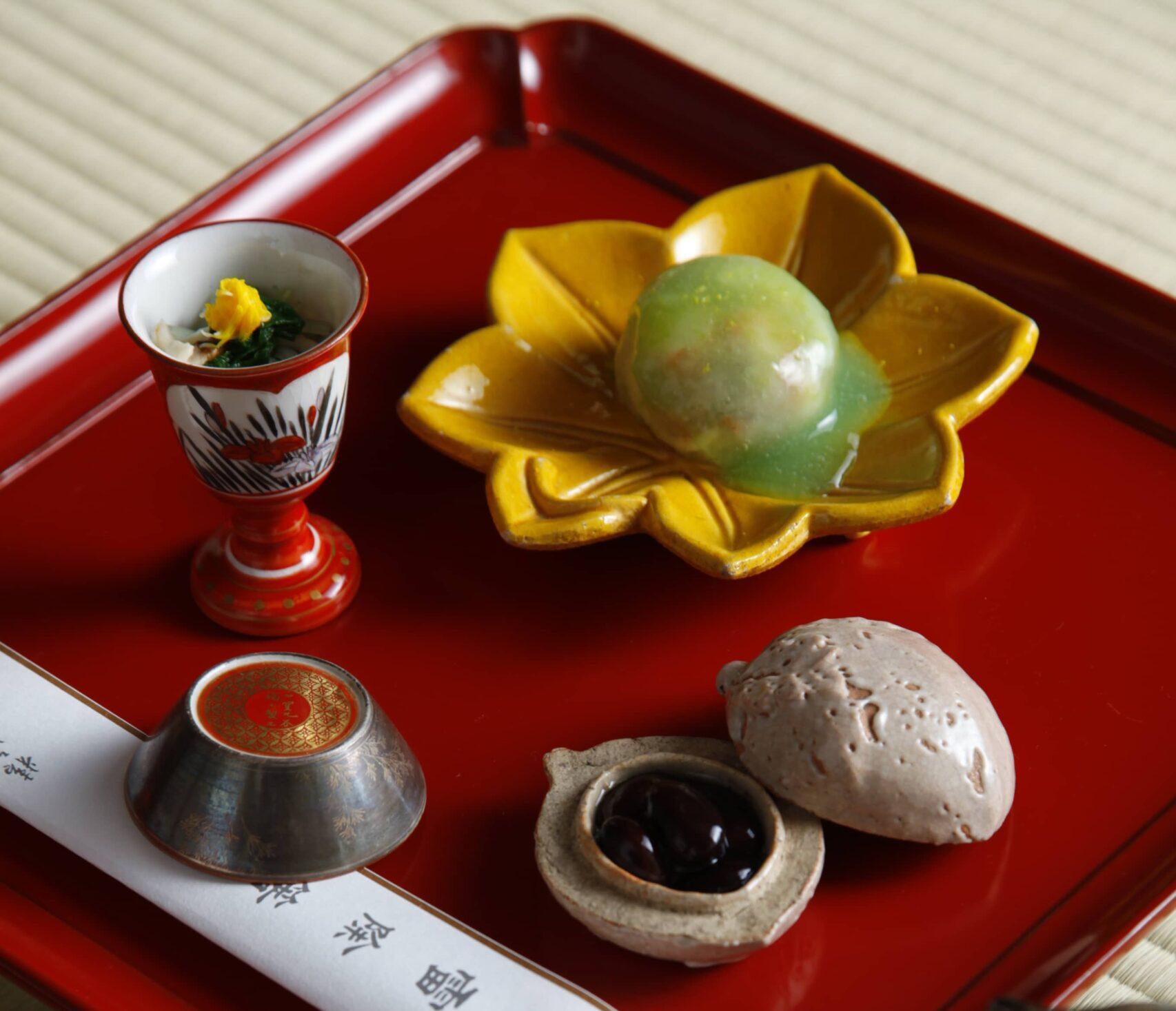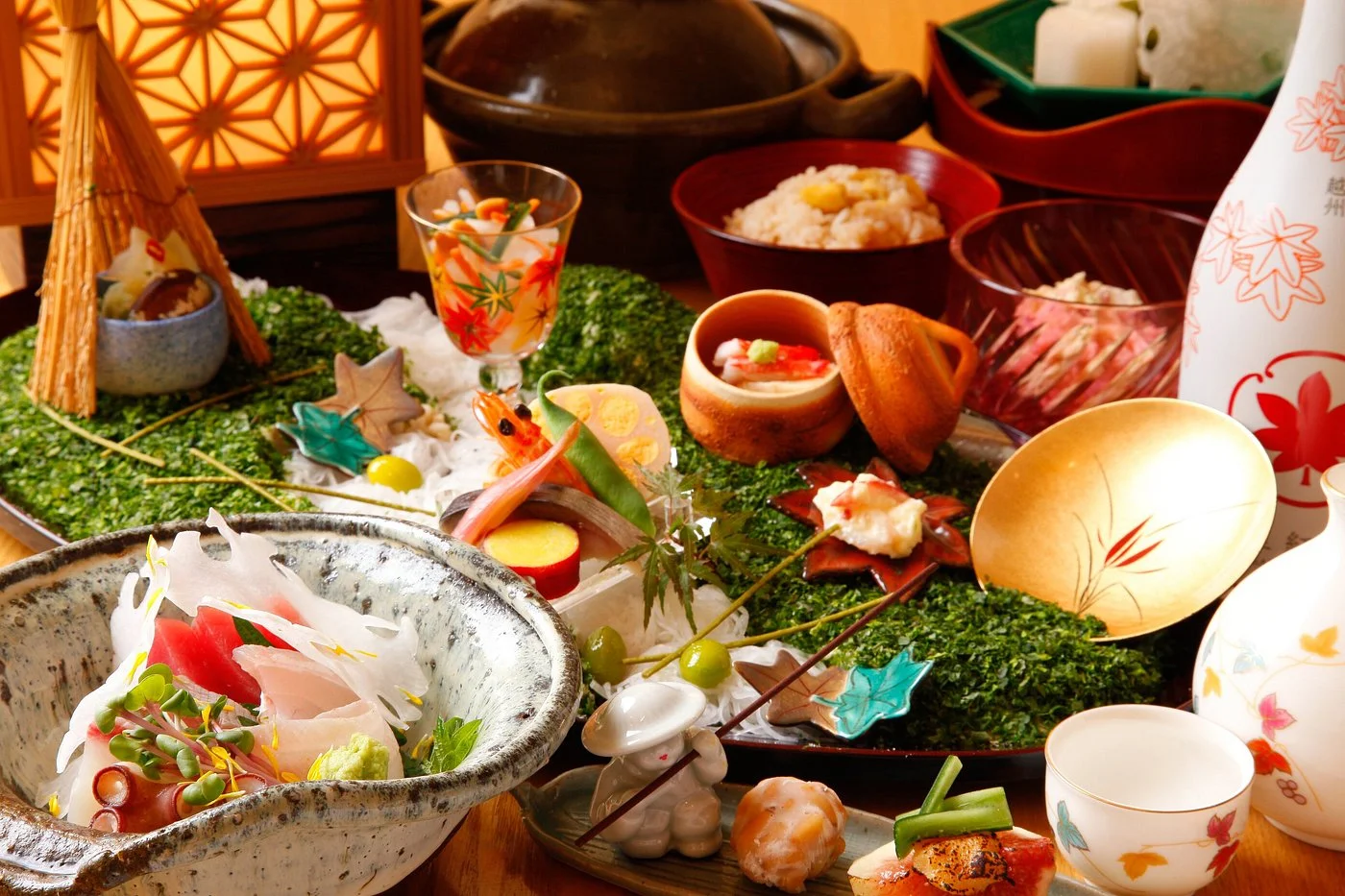Wondering what to do in Kyoto for the New Year holidays? The answer is simple: Hatsumode! Hatsumode is the first shrine visit of the year and a great way to enjoy Japan’s traditions and culture during your vacation exists.
Kyoto has more shrines than you can count, but some are more popular than others. Plus, the holiday season usually sees an increase in shrine visitors — both tourists and locals.
If you want to beat the crowds in Kyoto during the New Year, check out our list. It shows the best shrines and temples for Hatsumode. Once you decide which one best suits you and your New Year wishes, you can be sure you’ll have a Happy New Year in Japan!
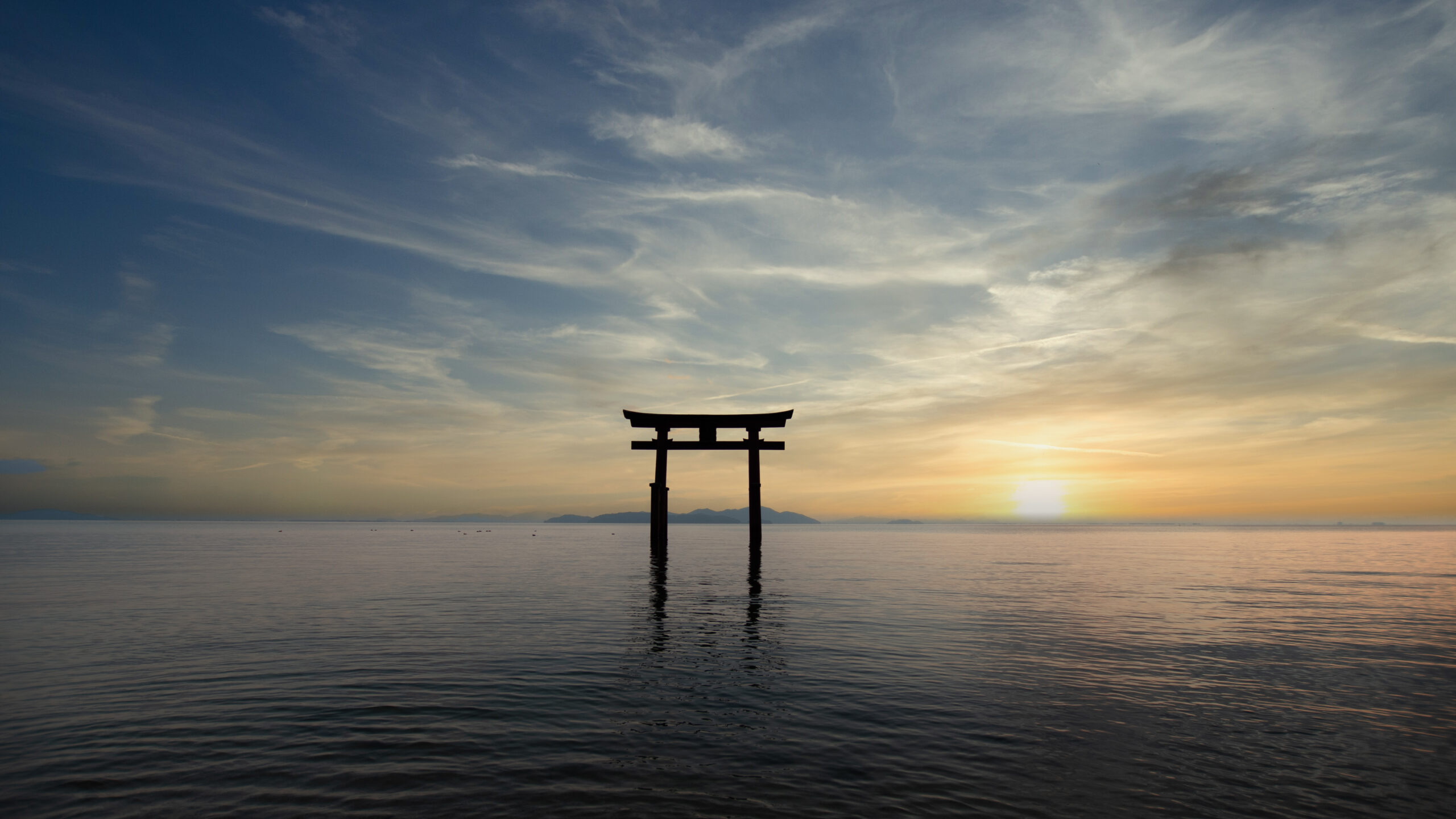
In Japan, New Year celebrations take place on January 1 and sometimes extend into January 2 and 3. Most businesses are closed for this period. It’s a restful yet exciting time where people eat special traditional dishes, visit loved ones, send postcards, and attend New Year parties.
The Japanese New Year is one of the most important holidays in Japan, and this is why Hatsumode is such a big deal for Japanese people.
See our recommended accommodations in Kyoto: MACHIYA RESIDENCE INN KYOTO
Hatsumode is the first shrine visit of the year, usually done during the Japanese New Year period of January 1 to January 3. During Hatsumode, people give thanks for the previous year and pray for good luck in the upcoming year.
Some people visit a local shrine to pray for general good luck, while others seek out a shrine that is associated with their specific wishes. A popular Hatsumode activity at shrines is to buy lucky charms and omikuji — slips of paper with random fortunes written on them.
The most popular shrines quickly become crowded and overwhelming during this time, so try out the shrines off the beaten path for a more peaceful experience of celebrating the New Year in Kyoto.
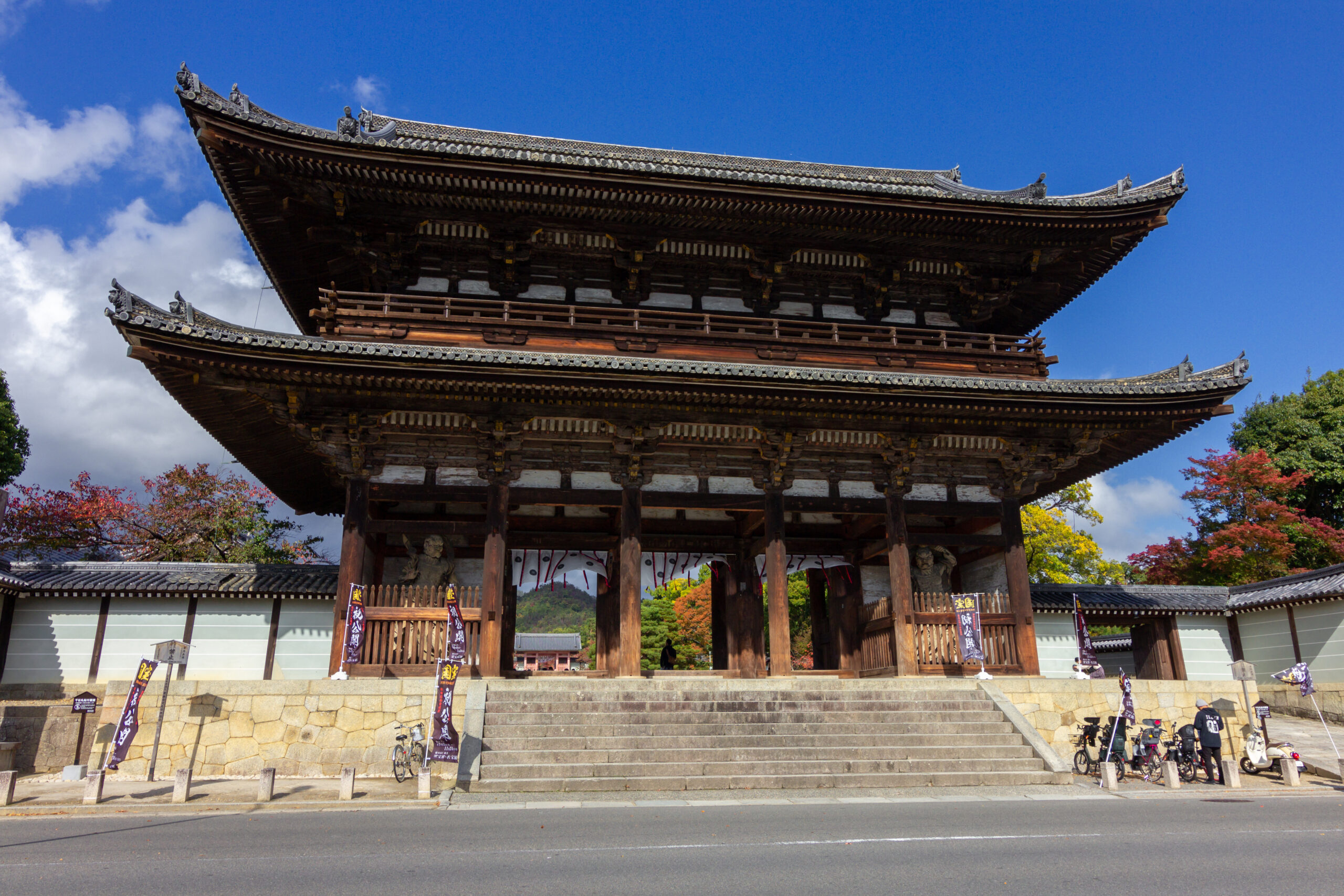
Ninna-ji Temple is a large, 9th-century Buddhist temple and famous tourist destination. It’s a World Heritage Site and it has appeared in many historical dramas. Needless to say, you should expect it to be crowded during the New Year season.
This temple and its grounds are glorious. It has a massive gate, a beautiful garden, a 5-story pagoda, and a palace that used to be the residence of the imperial head priest.
Ninna-ji Temple is famous for its approximately 200 Omuro cherry trees that bloom late in the season. If you decide to skip Ninna-ji for Hatsumode, it’s definitely worth a visit during the cherry blossom season.
|
Ninna-ji |
|
|---|---|
| Address | 33 Omuroouchi, Ukyo Ward, Kyoto, 616-8092 |
| Google Map | https://maps.app.goo.gl/Noyi51S41ZQVo54G7 |
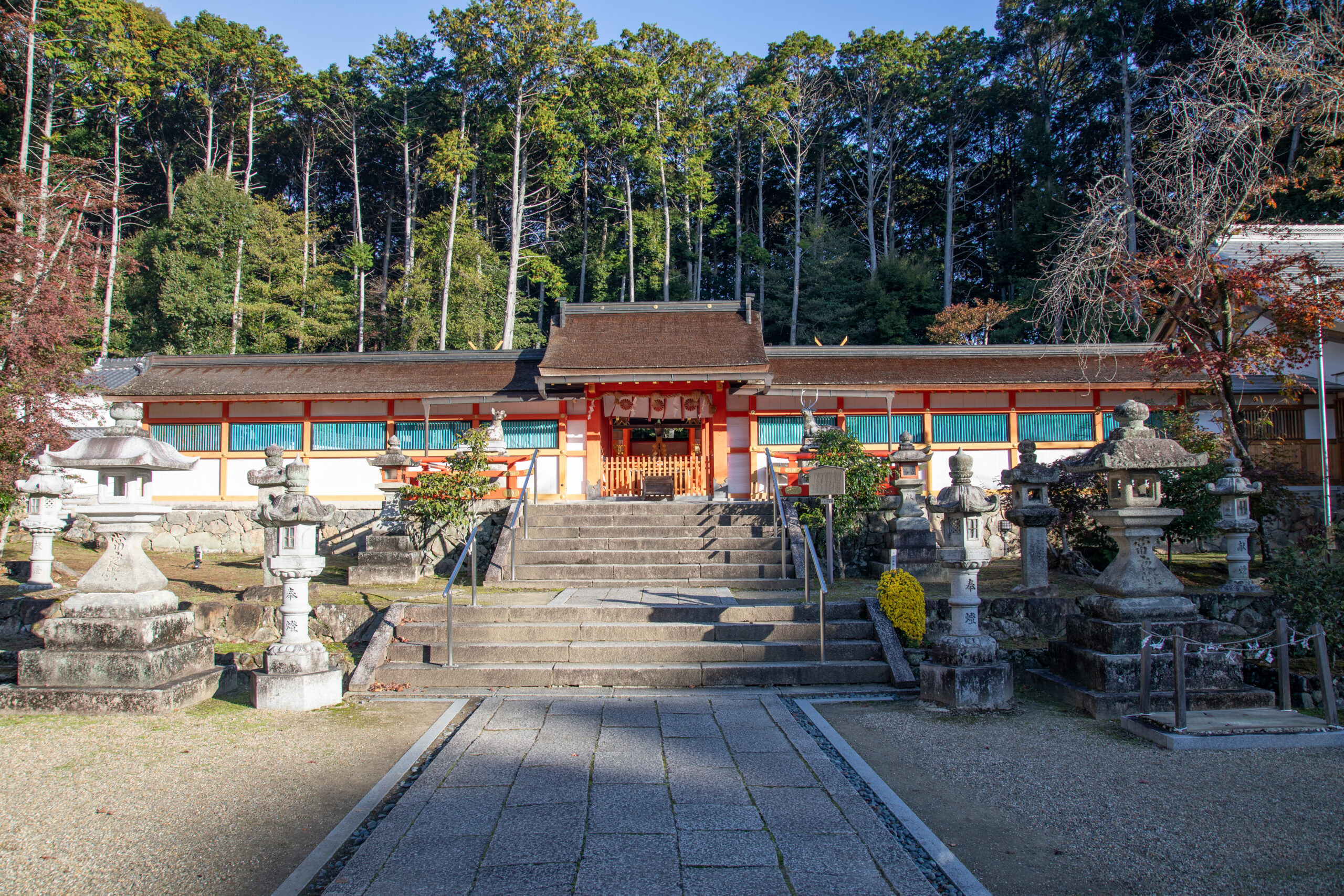
Ōharano Shrine is located in the somewhat rural southwest area of Kyoto, surrounded by lush greenery. It’s best known for its vibrant, vermillion architecture.
Ōharano Shrine is a branch of the famous Kasuga Taisha Shrine in Nara Prefecture. The symbol of the shrine and its branches are deer. At Ōharano Shrine, you’ll see statues of guardian deer and a deer fountain. Also, during the Hatsumode period, you’ll find many charms and omikuji with deer designs being offered.
| Ōharano Shrine | |
|---|---|
| Address | 1152 Oharano Minamikasugacho, Nishikyo Ward, Kyoto, 610-1153 |
| Google Map | https://maps.app.goo.gl/oVKPnpGqusDHwx8f6 |
Mikami Shrine is a small shrine that mostly attracts people interested in one thing: hair! Mikami Shine enshrines Fujiwara Unemenosuke Masayuki, a government-appointed hairdresser who is said to be the first hairdresser in Japan.
This shrine is commonly visited by people working in the hair and barber industries. It’s also popular among people who want to wish for nice hair or who already have nice hair that they want to maintain. Regardless of why you’re there, be sure to get one of the cute scissor or comb-shaped charms!
Mikami Shrine is the only hair shrine in Japan. Even outside of New Year’s celebrations, if you’re looking for unique things to do in Kyoto, visiting Mikami Shrine is a great idea.
| Mikami Shrine | |
|---|---|
| Address | 10 Sagaogurayama Tabuchiyamacho, Ukyo Ward, Kyoto, 616-8394 |
| Google Map | https://maps.app.goo.gl/7TNJNonbEGxhQ9Tn6 |
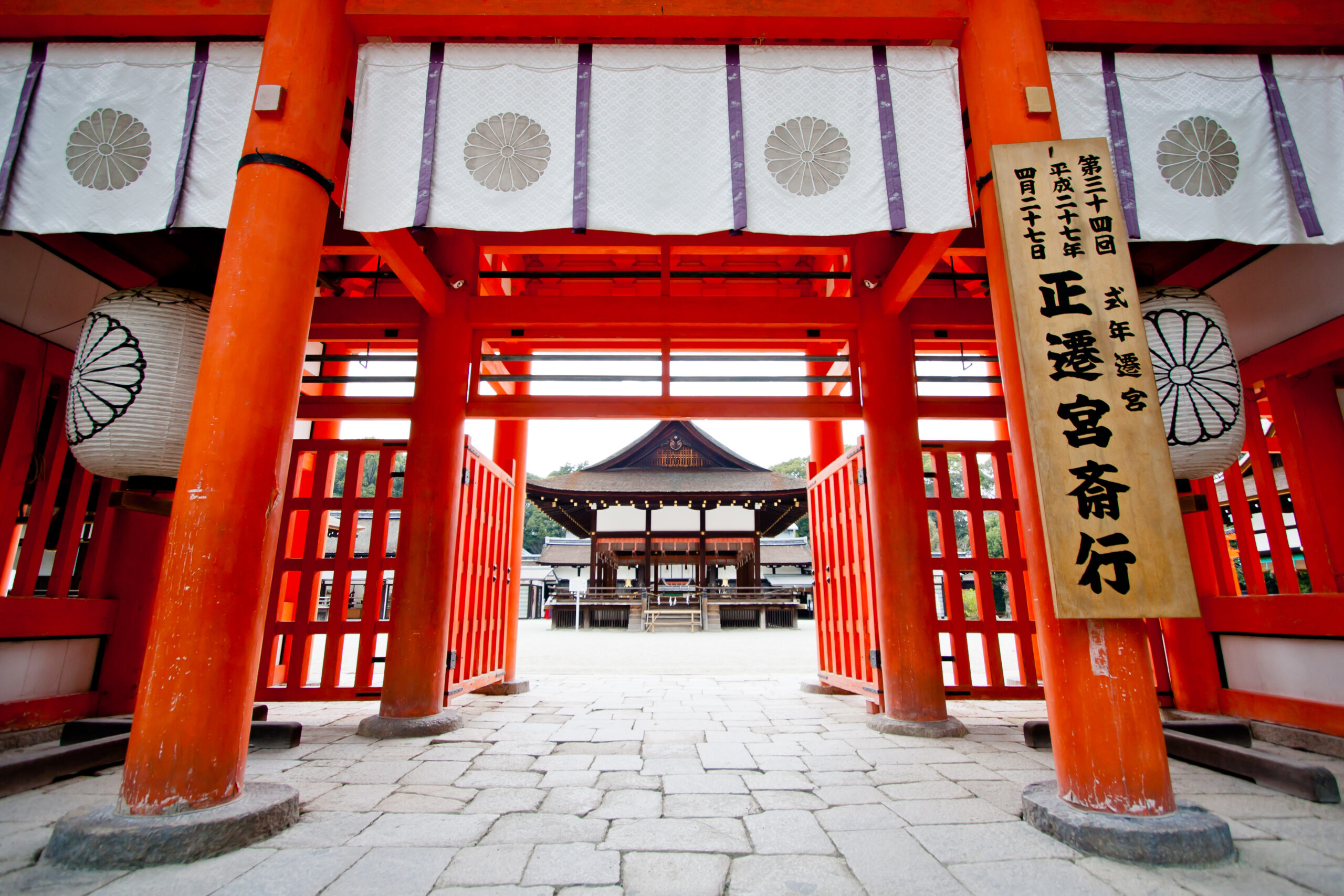
Shimogamo Shrine is a large shrine complex surrounded by winding streams in the Tadasu Forest. The shrine’s official name is Kamomioya Shrine and it is one of the oldest shrines in Kyoto, dating back to the 7th century.
Near the main shrine are smaller ones dedicated to guardian deities of the Chinese zodiac, so many people also visit the shrine of their zodiac sign at the same time.
If you’re interested in charms, this shrine is known for having beautiful and unique ones, such as lace charms and water charms filled with sacred water for warding off illnesses.
| Shimogamo Shrine | |
|---|---|
| Address | 59 Shimogamo Izumikawacho, Sakyo Ward, Kyoto, 606-0807 |
| Google Map | https://maps.app.goo.gl/TTZ1SHnCbFWb4Zm9A |
Kawai Shrine is part of the Shimogamo Shrine complex and offers one of the most unique things to do in Kyoto.
Kawai Shrine enshrines the Shinto goddess Tamayori-hime-no-Mikoto who is known for her exceptional beauty. Women who want to achieve or maintain beauty, as well as people in the beauty industry, visit this shrine to pray.
The shrine offers prayer plaques (kagami-ema) in the shape of a hand mirror, with a face drawn on it. On the plaque, you draw and design the ideal face you want to have, then write your wish on the back. There is also a power stone at the main hall that is said to give you beautiful skin if you touch it.
| Kawai Shrine | |
|---|---|
| Address | 59 Shimogamo Izumikawacho, Sakyo Ward, Kyoto, 606-0807 |
| Google Map | https://maps.app.goo.gl/cB16EoHs24wzCw7R6 |
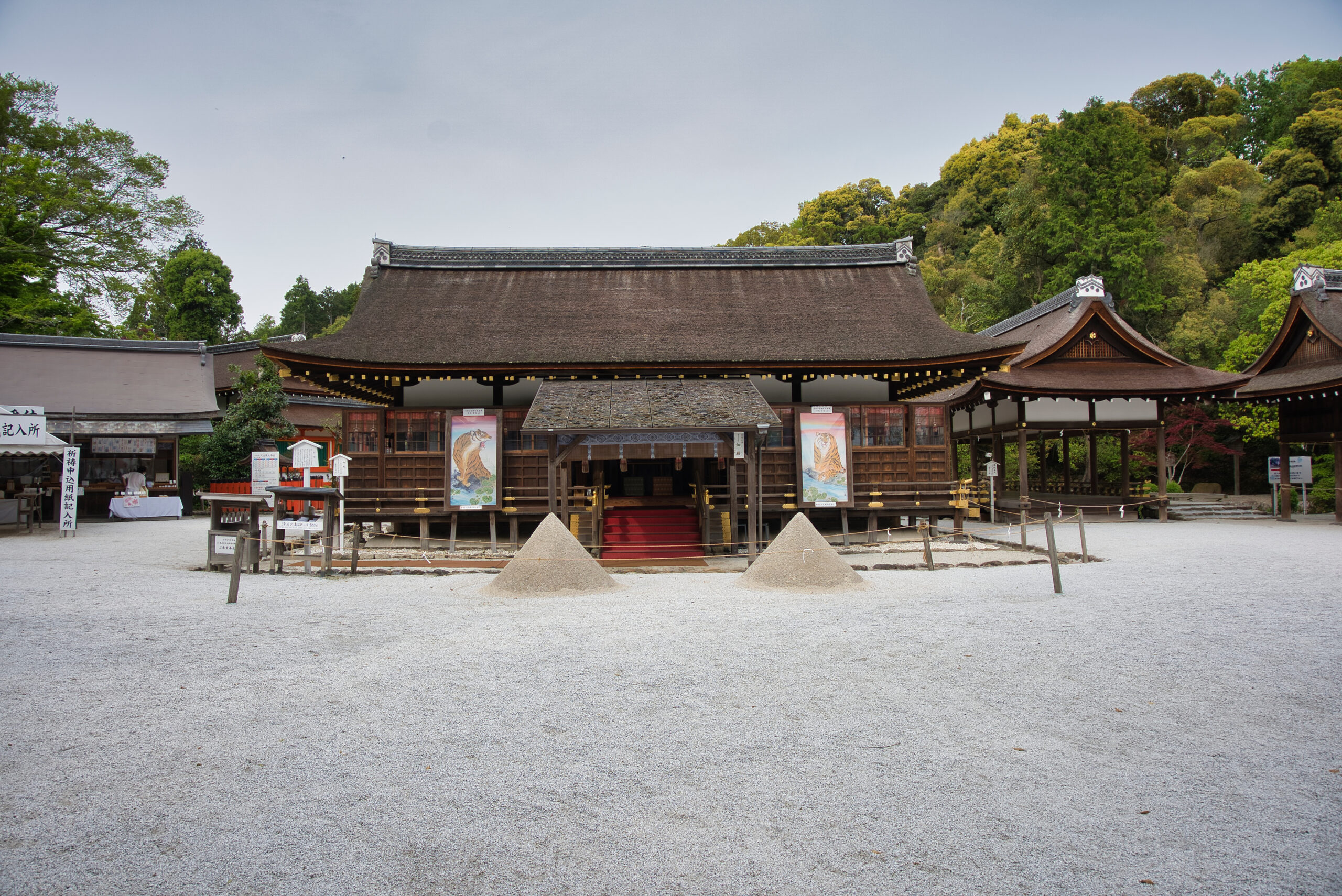
Kamo Wakeikazuchi Shrine, commonly known as Kamigamo Shrine, is close to the Shimogamo Shrine. They were built around the same time (7th century) and both enshrine the same lightning deity.
Though it gets a bit busy during the first few days of the new year, Kamigamo Shrine is typically peaceful and not crowded. Kamigamo Shrine has a wide variety of omikuji, including ones you can choose based on your Chinese zodiac.
Within the temple grounds is Kamiyama Spring Water Coffee, a small shop offering coffee brewed with sacred water. It really hits the spot on a cold January day!
| Kamigamo Shrine | |
|---|---|
| Address | 339 Kamigamo Motoyama, Kita Ward, Kyoto, 603-8047 |
| Google Map | https://maps.app.goo.gl/rxgvEN5jQxStYv8Z6 |
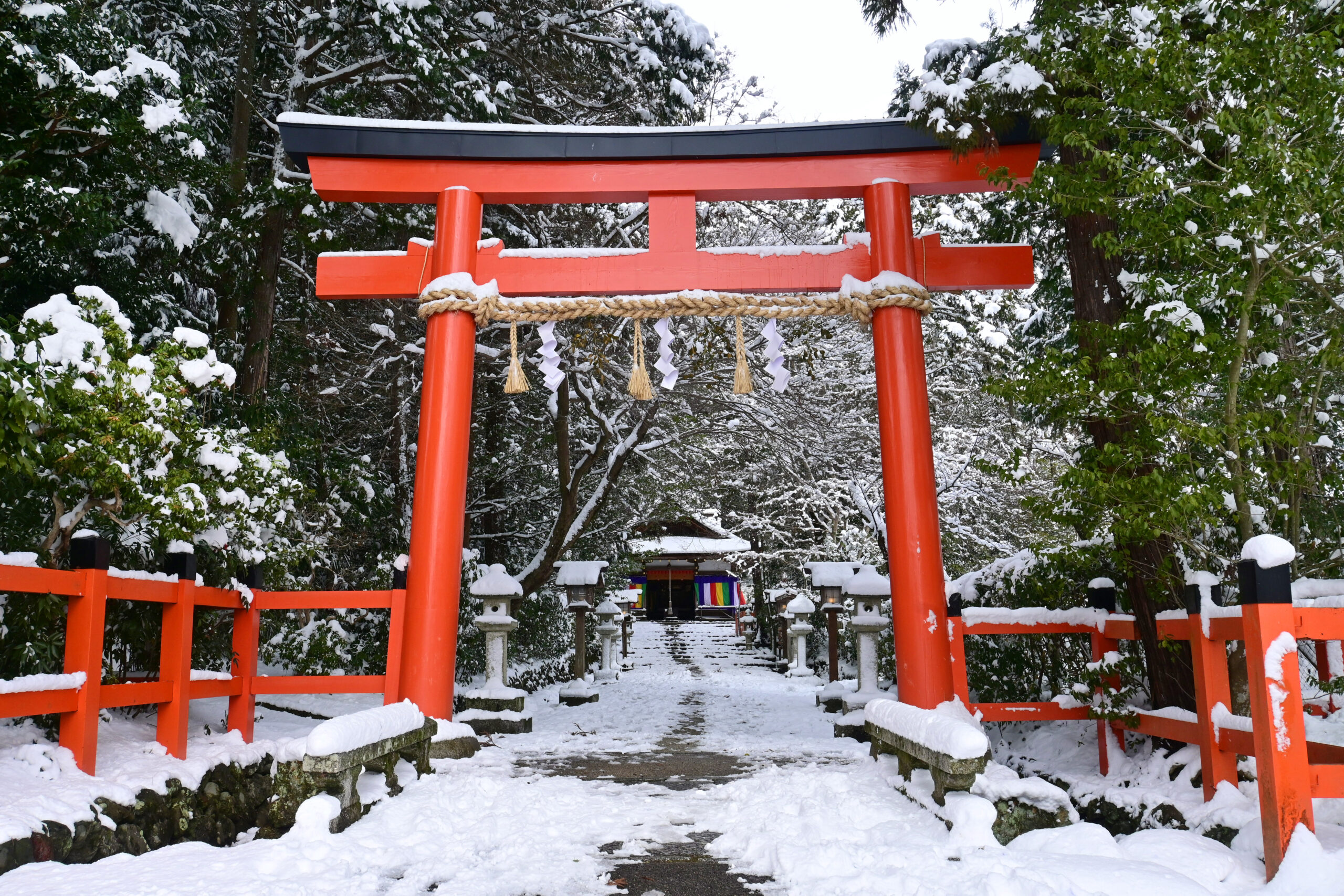
Ōta Shrine is a branch of Kamigamo Shrine, but it was actually built earlier (although the exact date is unknown). This shrine is quiet, even during Hatsumode.
Thanks to its long history, Ōta Shrine is associated with longevity, which people visit to pray for. People also visit to pray for success in the arts because the enshrined deity is associated with the performing arts.
If you visit Ōta Shrine for the New Year in Kyoto, you should take some time to stroll along the Myojin River that cuts through the temple grounds, admiring the quaint buildings and the peaceful atmosphere.
| Ōta Shrine | |
|---|---|
| Address | 340 Kamigamo Motoyama, Kita Ward, Kyoto, 603-8047 |
| Google Map | https://maps.app.goo.gl/2xYFqYdRyVbwiLKf9 |
Make your trip a truly local experience, and go where the locals go. If you're wondering where the locals go to eat when hanging out with family, celebrating with friends, stopping by for an after work drink... look no further.
Machiya Locals Website
